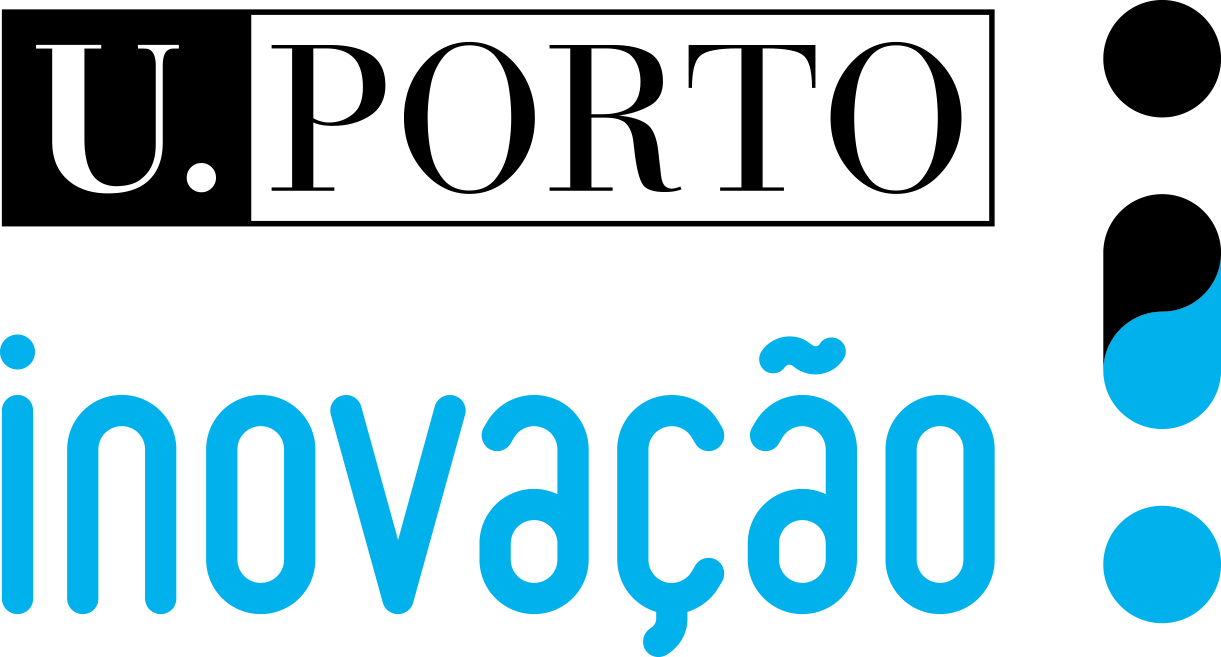
The invention consists on the creation of a CO2 monitoring system that makes possible to inform the occupants of indoor spaces about the quality of the indoor air. The system has an algorithm that converts the CO2 measured values into a colour scale with qualitative adjectives.
Currently, the market offers professional CO2 sensors with high accuracy but at a high cost, and low-cost home applications with less reliability and accuracy. This invention presents with a similar accuracy to high accurate equipment but with a lower dimension and lower cost. Also, none of the options in the market has the ability of sending customized e-mails, considering the specificities of the building systems and components, assisting occupants in decreasing indoor CO2 levels.
The invention uses highly accurate CO2 sensors and has an algorithm that converts CO2 monitored values into two qualitative scales: adjectives and color scale. Moreover, the invention sends customized e-mails, serving as reports, with specific instruction assiting occupants in decreasing indoor CO2 levels. Thus, this technology will enhance the occupants' perception of the indoor air quality and will enable the building designer to make a data-centric renovation.
This technology can be implemented in any "open space" that needs information about the air quality. Example would be: residential buildings, medical and industrial facilities, and many others. Overall, the Bioeffluent IAQ System can be essential, promoting health, safety, and comfort in indoor environments while addressing the growing concern for air quality and wellness.






